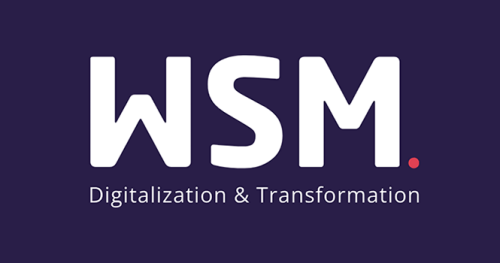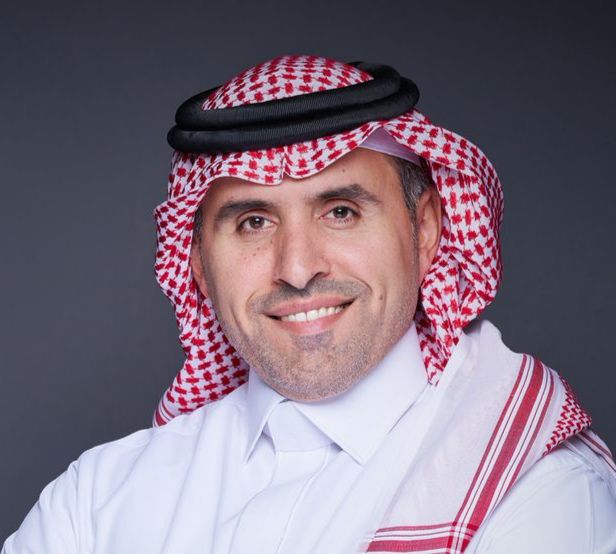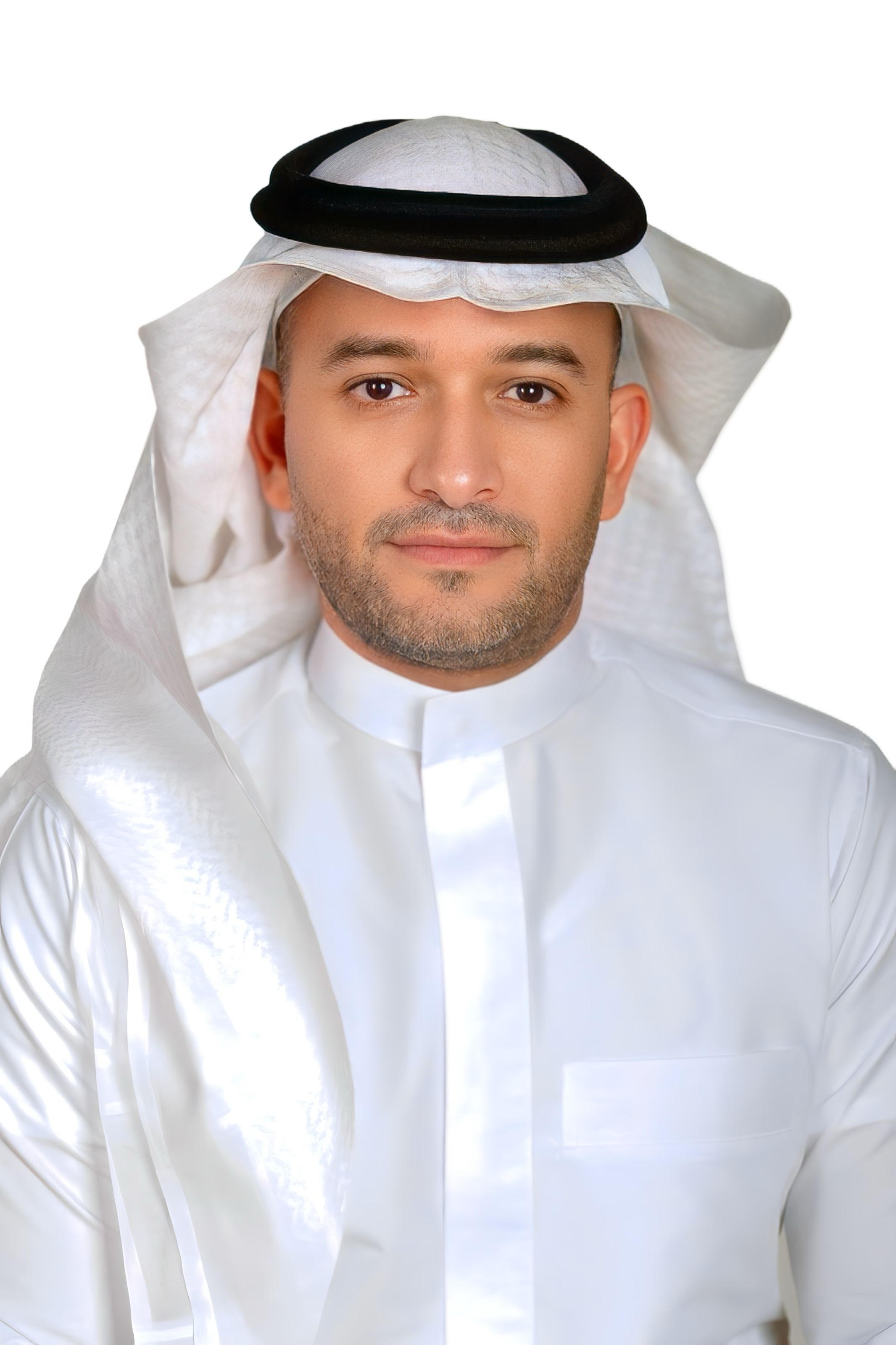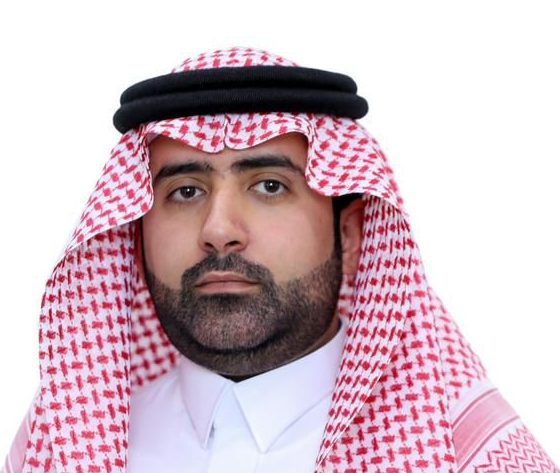Publisher: Maaal International Media Company
License: 465734
Stanford Paper Highlights Four Key Lessons from Saudi PIF as Trump Moves to Establish U.S. Sovereign Fund
A new research paper from the Stanford Institute has identified four key lessons from Saudi Arabia’s Public Investment Fund (PIF) that could guide the establishment of a U.S. sovereign wealth fund, following an executive order signed by President Donald Trump on February 2.
The paper, A New U.S. Sovereign Fund: Development, Diversification, and Performance, reveals that the executive order tasks the federal government with delivering a comprehensive plan within 90 days to create a sovereign wealth fund modeled on Saudi Arabia’s PIF, which Trump praised as a source of inspiration. The plan is expected to outline financing mechanisms, investment strategies, fund structure, governance frameworks, and a legal assessment, including any new legislation required.
Since its transformation under Saudi Arabia’s Vision 2030, the PIF has become one of the world’s most influential sovereign wealth funds, playing a central role in reducing the Kingdom’s reliance on oil revenues and supporting economic diversification. The Stanford report cites the PIF as a compelling case study, offering a roadmap for U.S. policymakers seeking to build a similarly ambitious vehicle.
اقرأ المزيد
The paper distills four core lessons from the PIF’s evolution:
1. Insulation from Bureaucracy and Promotion of Market Discipline:
The PIF’s transformation was driven by efforts to separate long-term investment decisions from bureaucratic influence, encouraging private-sector participation and market-based discipline in capital allocation. The Stanford authors argue that the U.S. fund should adopt a similar approach to build investor confidence and reduce skepticism toward government-led market interventions.
2. Commercial Viability and Strategic Objectives:
While aligned with Saudi Arabia’s national development goals, the PIF remains commercially driven—prioritizing financial returns and attracting both private and institutional investors. The report suggests the U.S. fund could emulate this dual-focus model by channeling investments into strategic sectors such as infrastructure, renewable energy, advanced manufacturing, and emerging technologies, without compromising on profitability.
3. Alignment with Sustainability Goals:
The PIF plays a central role in financing Saudi Arabia’s net-zero transition, funding renewable energy projects and sustainability initiatives. The paper recommends that the U.S. fund take on comparably transformative projects—such as reshoring domestic manufacturing or advancing energy independence—anchored in environmental responsibility.
4. Disciplined Fiscal Management:
Saudi Arabia’s fiscal reforms ensure that windfall revenues, such as those from commodities and asset sales, are allocated to long-term investments rather than short-term spending. A similar discipline, the paper notes, would allow the U.S. to manage volatility, ensure sustainable investment practices, and secure financial stability.
The Trump administration’s executive order cites the PIF not only as a model but also a benchmark to match or surpass. During the signing ceremony, Trump said, “Eventually, we will catch up,” signaling an ambition for the new U.S. sovereign wealth fund to rival major global funds.
The Stanford paper acknowledged key differences between the U.S. and Saudi economies but emphasized that the Saudi experience offers “a valuable institutional model.” It also noted that the proposed fund is designed to serve “the interests of U.S. citizens only,” setting it apart from other global sovereign funds with broader mandates.
Analysts quoted in the report believe the fund could become a strategic player in the global sovereign wealth landscape—alongside peers in Norway, Singapore, Abu Dhabi, and China—especially if it succeeds in combining investment rigor with national strategic objectives.
The research highlights the importance of sound governance, transparency, and clear operational mandates. It points to existing U.S. government assets, estimated at $5.7 trillion, along with revenue from customs duties and licensing, as potential funding sources for the fund.
The paper also anticipates the fund will act as a trusted co-investor in underdeveloped sectors of the U.S. economy, reinforcing the need for robust governance and institutional credibility. A detailed implementation plan is expected in May from the Departments of Commerce and the Treasury.
By drawing from global best practices, the Stanford report argues, the U.S. can build a sovereign fund that not only boosts domestic resilience and competitiveness but also sets a new global standard for sovereign wealth governance.









